
2025 LeapUp Edutech PVT. LTD
Every time you place an order on your favorite fashion website online or want food delivered to your door, and decide to make the payment through your card, you land on a page which asks for your details. And in just minutes, you are through the entire process with complete certainty and assurance of safety.
Have you ever wondered how such everyday transactions like this are made simple? How so many minute components work together to facilitate and make one transaction successful while also achieving your desired level of security and privacy? One such component is your card CVV number.

Every code that is generated is unique to each individual. And thus, it is given that it should not be shared with anyone else.
It is generated based on the following details:
In an offline transaction, you swipe your card in the system and are asked to enter a Personal Identification Number (PIN), which adds another layer of security against identity theft. CVV in an online transaction is what a PIN is to an offline transaction.
If you have ever noticed, whenever you make a purchase online, you can save all the other card details, but never your CVV number. Thus, making it impossible for any third party to exploit the saved information. It thereby acts as a firewall against fraud, identity theft, and unauthorized transactions.
Since online retailers can retain card details in their system, anyone can hack into the merchant’s database and rob the information easily. But the catch here is that, the CVV number can never be acquired or stored by the merchant, thereby preventing the hacker from completing any transaction using the card details they obtained.
It is currently not compulsory for businesses to request for the CVV code, and many don’t. A malicious hacker can obtain your CVV code through phishing or other means, if one does not take care. Additionally, if someone steals your physical card, they have access to it. Hence, careful awareness and prior knowledge of these practices is advised to avoid getting duped.
TY BAF – NM College, CFA Level 2 Candidate


2025 LeapUp Edutech PVT. LTD
The only CFA Training Program that provides complete personalization via 1-on-1 Mentorship & Instant Doubt Solving by qualified faculties.
This program is specially curated for Working Professionals & Students with busy schedules.
Join our Level 2 Online Training and Leapup In Your Core Finance Career.
Appear for 8 CFA mock test level 1 in Computer-Based Testing (CBT) format + solve 30 subjectwise CFA level one practice questions.
Appear for 8 mocks in CBT format to crack your CFA Level I Exam.